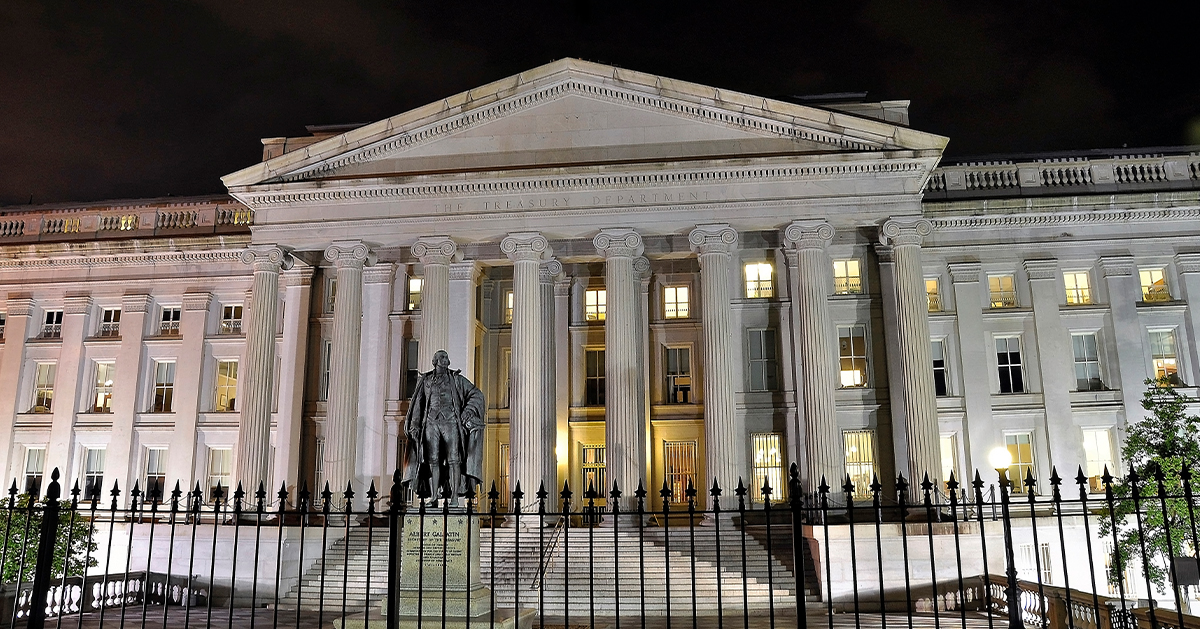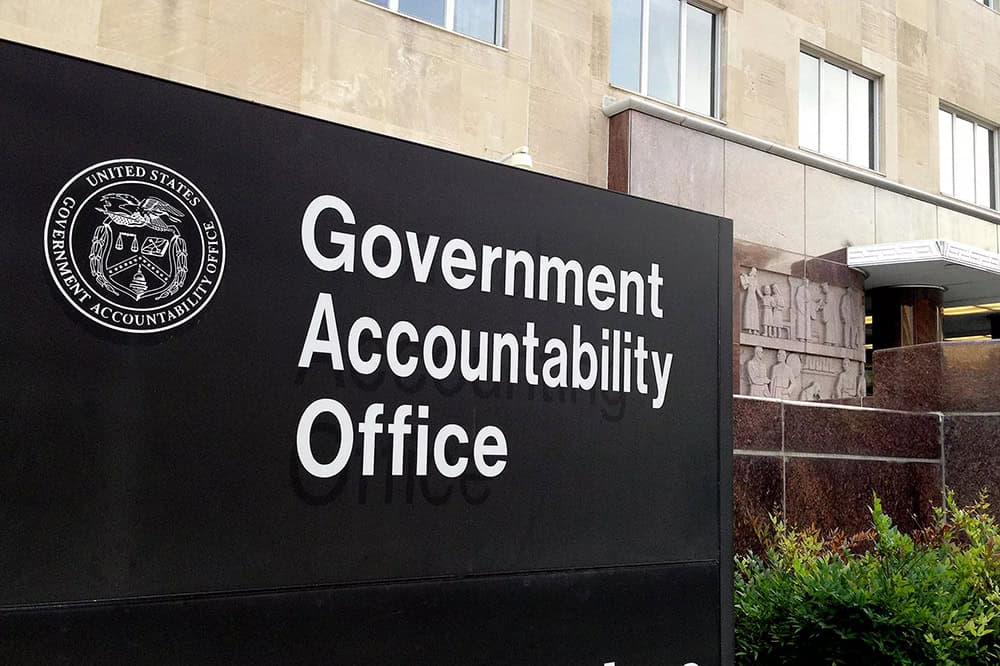One of the most significant risks of the United States’ unsustainable fiscal outlook is that the federal government is, in a sense, at the mercy of changing interest rates. When rates increase, borrowing costs rise; unfortunately, for the fiscal bottom line, that dynamic has been playing out over the past few years.
Recent Interest Rate History
In the first half of the 2010s, low and stable inflation enabled the Fed to maintain low short-term interest rates. Subsequently, the COVID-19 pandemic caused significant economic disruption, leading the Fed to reduce the federal funds rate even lower – to near zero for about two years. That resulted in the lowest average interest rate on U.S. debt in over two decades. Treasury bills, which have maturities ranging from four to 52 weeks, were issued at close to zero percent interest; Treasury notes, which have maturities ranging from two to 10 years, were issued at less than 1.4 percent; and the average interest rate for all outstanding U.S. debt was just 1.6 percent.
However, in mid-2021, inflation spiked and the Federal Reserve announced a series of increases to the target federal funds rate in an effort to tame it. From March 2022 through July 2023, those actions led to higher interest rates across the board and significantly boosted payments on federal debt. As a result, the average interest rate for all outstanding U.S. debt reached 3.3 percent in August 2024, its highest level since 2009. Between March 2022 and September 2024, $21 trillion in federal debt matured and required reissuance at the highest rates in over a decade, dramatically increasing net interest payments.
Looking ahead, about one-third ($9.3 trillion) of all existing debt held by the public is scheduled to mature throughout FY25, which runs from October 1, 2024, through the end of September 2025. More than $2.5 trillion of the debt set to roll over before the end of June 2025 was last issued two or more years ago, so it will likely need to be reissued at higher rates than before. Although the Fed has decreased the federal funds rate, the Congressional Budget Office expects interest rates on longer-term securities to remain higher than in the previous decade.
The Cost of High Interest Rates
High levels of debt issuance, paired with relatively high interest rates, ballooned net interest costs for the federal government. Bills, due to their short-term design, are the most sensitive to interest rate fluctuation. The nation’s bout of inflation spurred a high-interest-rate environment, causing interest payments on those short-term securities to increase dramatically. In 2021, interest payments on bills totaled less than $5 billion. By 2024, interest payments on bills alone were more than $300 billion.
Conventional notes and bonds (maturity of 20 to 30 years) were also not immune from elevated interest rates. For example, the average interest rate on notes more than doubled from 1.4 percent in 2022 to 2.9 percent at the beginning of 2025. As a result, interest payments on notes have averaged $91 billion a quarter over the last year, compared to the $49 billion on average the government paid in the preceding years. Interest payments on notes have also only increased for years, growing each quarter for 12 consecutive quarters, the most recent totaling more than $105 billion. Though not as dramatic, interest payments on bonds grew to $39 billion last quarter, which is 46 percent higher than three years ago.
In total, the federal government spent $352 billion on interest on the national debt in 2021, mainly on existing notes and bonds. The rising cost of bills led to federal net interest payments more than doubling in 3 years, reaching $881 billion in 2024. Though the decline in interest rates will reduce interest costs on short-term issuances, the overall trend is expected to continue; total net interest payments are projected to climb to $952 billion in 2025.
While the Fed’s actions to lower short-term interest rates will slow the growth of net interest costs, the U.S. government has amassed more than $11 trillion in debt since 2019. Debt held by the public is expected to exceed $30 trillion by 2025 and $40 trillion by 2031. The amount of outstanding debt and its projected growth will result in significant interest costs. Deficits are projected to average more than $2 trillion annually over the next decade, driving the government to borrow at increasingly high levels to finance its activities. Interest rates will likely be below the levels of the past two years, yet the total amount of outstanding securities will push net interest costs over $1 trillion a year as soon as 2026, accounting for more than half of that year’s deficit and totaling nearly $14 trillion over the next decade.
Net interest costs have grown significantly over the last few years and will continue as more debt matures and needs to be reissued. The borrowing is necessary because of the structural imbalance between spending and revenues, an issue policymakers too frequently ignore. While policymakers hope that interest rates can be maintained at a low and stable level going forward, the truth is that the interest rate environment is extremely difficult to predict, much less control. That’s why the country's economic future depends on taking action and putting the budget on a sustainable path.
Image credit: Anna Moneymaker/Getty Images
Further Reading
What Is R Versus G and Why Does It Matter for the National Debt?
The combination of higher debt levels and elevated interest rates have increased the cost of federal borrowing, prompting economists to consider the sustainability of our fiscal trajectory.
Debt vs. Deficits: What’s the Difference?
The words debt and deficit come up frequently in debates about policy decisions. The two concepts are similar, but are often confused.
National Debt Could More than Double the Size of the Economy
GAO’s findings add to a chorus of nonpartisan evidence and analysis showing that action is needed to improve our fiscal outlook.


